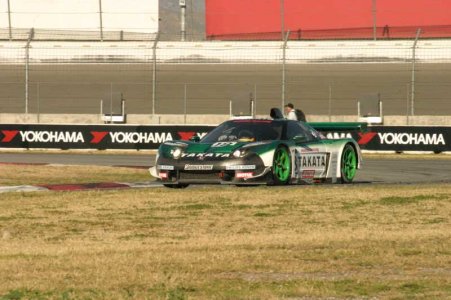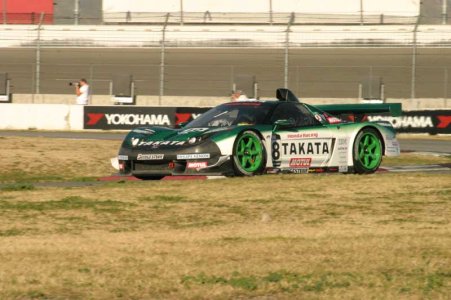Shooting in RAW will require extra work to process the image. Generally you need to run it through Canon's proprietary software before utilizing other imaging software although I believe that Photoshop CS may be able to handle RAW images directly.
"The Adobe® Photoshop® camera raw functionality provides fast and easy access within Photoshop software to the "raw" image formats produced by many leading professional and midrange digital cameras. By working with these "digital negatives," you can achieve the results you want with greater artistic control and flexibility while still maintaining the original "raw" files.
The Photoshop Camera Raw plug-in became the latest must-have tool for professional photographers when it was released in February 2003. This powerful plug-in has been updated to support more cameras and include more features, and is available as part of Photoshop CS. With Photoshop CS you get not only the latest camera raw plug-in, but also the full range of exciting new features that are part of this release."
If you plan on using PS CS and shooting RAW, hopefully you have a very powerful processor because you can never have enough processing power and memory when using such software.
The advantages of using RAW include the ability to control color temperature, shadow detail, contrast and exposure before processing and not losing significant image resolution or creating digital artifacts in the final results. The disadvantages include more time spent postprocessing every image.
Broken down into a very simplistic analysis (these are basics and some cameras may vary slightly):
RAW capture
1. Photo is taken
2. Data is read from the sensor by the cameras electronics
3. Data is written to a file exactly as read from the sensor nothing added and nothing taken away and no processing of any type.
JPEG capture
1. Photo is taken
2. Data is read from sensor
3. Image is processed according to the settings selected by the user. I.E. white balance settings, color space assingments, sharpening etc.
4. Photo is written to file in JPEG format using compression settings determined by the user
As you can see from this overly simplified version of the two methods RAW is exactly that; the RAW data as read from the sensor is recorded in a file with no additions, deletions or changes of any kind. It is only in the JPEG capture mode that the cameras settings are applied to the image data before it is stored as a file.
It all depends what you intend to do ultimately with the photos. Generally, I feel that large fine JPEG images are indistinguishable from RAW images and unless you are competent in post-processing of RAW images you would probably be biting off more than you can chew.
Personally, I would like to upgrade to the 1DS Mark II but I would prefer to wait until the street price comes down to the $5000 area but if you have the bucks it is a great camera. Be prepared to purchase many 2-4GB CF cards to handle the 16mp images.
Here is an article you might find helpful:
http://www.cps.canon-europe.com/articles/article.jsp?articleId=1240&pageId=1




